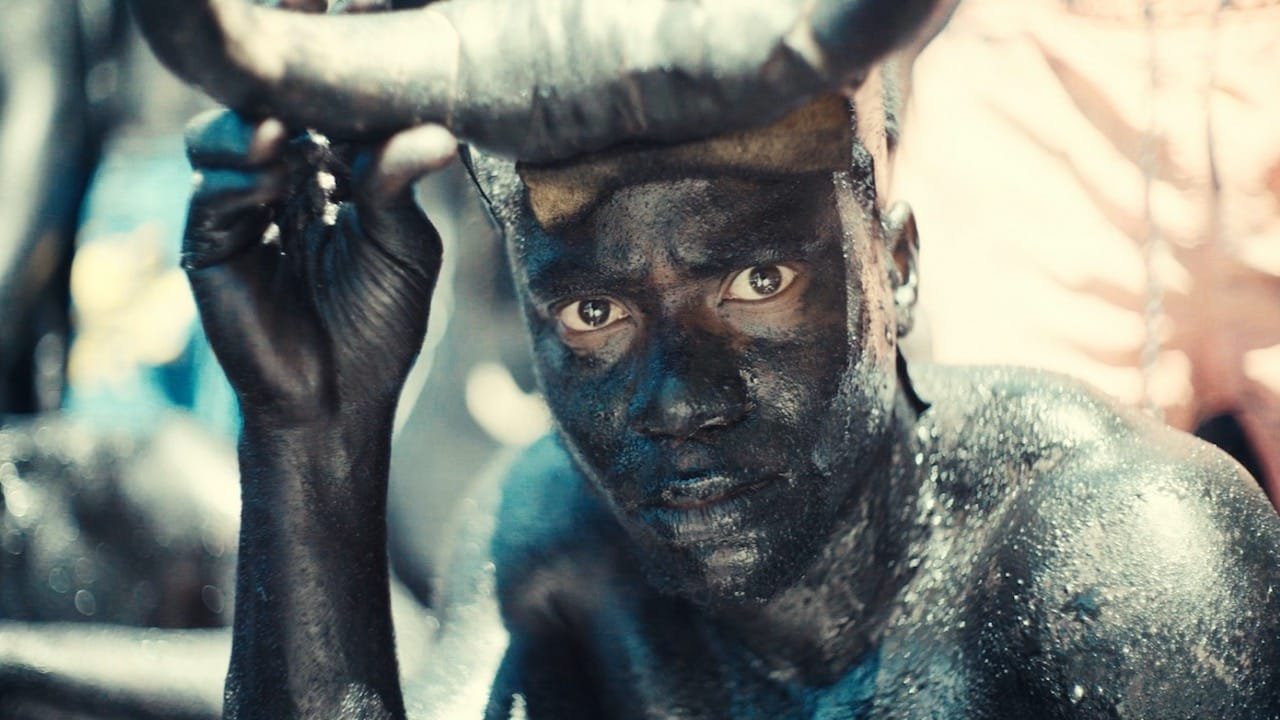A Tribute to Haitian heritage — Kanaval
Photo Courtesy of: The British Film Institute
Often seen as a merely festive event with “exotically dressed” crowds, Kanaval: A People's History of Haiti in Six Chapter, offers refreshing nuances to our perspectives on carnivals, such as the annual Notting Hill Carnival, by exploring the rich history underpinning this Haitian tradition.
Kanaval, directed by Leah Gordon and Eddie Hutton, is distinct from other films screened during this year’s BFI London Film Festival. People do not watch documentaries with the same expectations as when they approach feature films; there is a certain intimacy and rawness which comes with the knowledge that you are about to watch a snippet of real lived experiences.
Like a monograph, the story is separated into six chronological chapters: from the arrival of Christopher Columbus, to enslavement and exploitation by the French, followed by abolition and emancipation, then having the post-independence project sabotaged by debt, and a return to the state of being oppressed during the American Occupation. Kanaval portrays Haiti’s history as a cycle – the oppressors are shaken off but the exploitation persists in different forms.
In 2010, Gordon expressed a determination to undertake her mission with historical-sensitivity: “I was aware of how easily the wildly exotic image could feed into a deep well of stereotype. The issues of 'who can represent who, and how', are significant issues of power, race and class in our increasingly iniquitous world. Whilst I could not eradicate all the power imbalance inherent in my position representing people in Haiti, or overturn the 200 year cultural demonization of Haiti, I could at least find strategies for damage limitation.”
Rather than actively directing the film’s narrative, Gordon and Mills present Kanaval as a stage for the dancers to tell their stories themselves. After tracking and collecting oral histories from each dance troupe’s leader, Gordon found that there is a historical catalyst behind the formation of every dance troupe. One group brings in elements of Vodou as symbolic acts of cursing their enemies in response to fear of re-enslavement; a smaller troupe wraps dead leaves around themselves to lament how the international community abandoned the country to its economic plight; another uses caricatures of the corrupted military leader Chaloska to warn others about the world’s never-ending flow of tyrants. Kanaval is not a pure spectacle. The documentary wants us to remember that there is intention behind every mask, dance, music, and colour.
In the same 2010 speech, Gordon explains the unique place Kanaval has in her heart, “...what I feel we have lost in the U.K. I still find in Haiti — a nation tirelessly binding their history into sculptures, paintings, novels, poems, song, ritual and costume.” The next time the media tempts you to make value judgments on the Notting Hill Carnival, remember that the Caribbean and Black diasporic communities in this country have stories to share as well.

